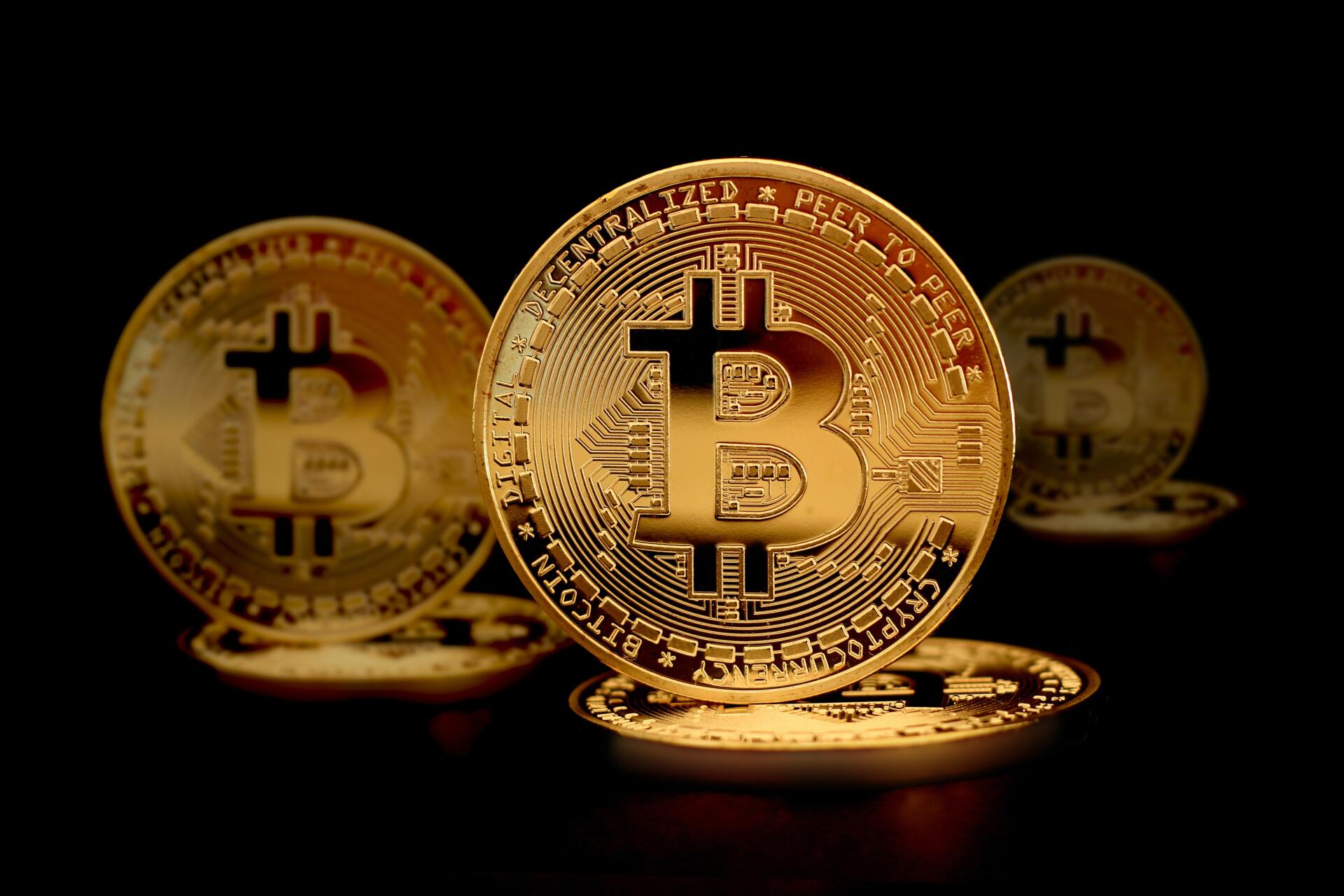Chapter 8
What is the difference between cryptocurrencies and crypto tokens?
The two most common blockchain-based digital assets are cryptocurrencies and crypto tokens. Even some experienced investors do not know the difference between them. We often notice in the crypto world, on social network chats people mix up the terms.
Briefly explained, a cryptocurrency is a digital currency with its own blockchain, while a token is built on an existing blockchain.
What is a cryptocurrency?
A cryptocurrency is a digital currency intended to enable direct transactions between two parties. Instead of cryptocurrency, there is sometimes also talk of a crypto coin. That is the same. No central party such as a bank is involved in cryptocurrency. In contrast to the current financial system in which banks have a controlling function, transactions with cryptocurrencies can take place without checking by bank or authority.
An important feature of cryptocurrencies is that they are kept online by a decentralized network of computers. That decentralized nature is what makes cryptocurrency so powerful. There is no central entity within the network that can just change the rules. If the rest of the network disagrees with a rule change, then nothing happens.
That is why blockchain is a very transparent, insightful and fair system. All transactions that have ever been made are stored publicly and are accessible to everyone.
When is a cryptocurrency successful?
How successful a cryptocurrency is
or will become depends on:
- Network type / blockchain is attached to the cryptocurrency
- How big the network is / number
- Which algorithm validation method does the network / blockchain use
- And whether it is decentralized
All four play an important role in protecting the network. The more powerful the cryptography, the more unlikely it is that a cryptocurrency can ever be hacked. The more decentralized a cryptocurrency network is, the harder it is to change the rules at the expense of users.
What is a crypto token?
Unlike a cryptocurrency which is always a currency / digital currency, a token (besides a currency) can have multiple functions. Tokens can be used for investment purposes, to store value (representation/proof of a product) or to make purchases.
What is also good to know: Cryptocurrencies have their own blockchain and tokens do not! These are created on an existing blockchain. Tokens are therefore always dependent on the functionalities of an existing blockchain, while cryptocurrency itself can further develop their own blockchain.
Different types of cryptocurrencies & tokens explained
Utility token
Utility tokens are tokens that have the function to use a certain product or service. This means that the buyer of a utility token has now paid the issuer so that the company can develop a product.
Security token
Security tokens are tokens that are issued to generate funding for a particular project. In exchange for an investment, the investor receives a token of a certain value which is expected to increase in value in the future.
They are further divided into 2 different types:
-Equity token
An equity token is a form of security token that represents equity in an underlying asset - usually the stock of a company. As with stocks, the applicable terms are stated in the contract. A share token can entitle its holder to voting rights, dividends, or both.
-Asset backed token
Asset tokens are digital claims on a physical asset and are backed by that asset. Gold, crude oil, real estate, stocks, soybeans or just about any other real, physical asset can be tokenized and become an asset-backed token.
Payment token
Payment tokens are used to perform transactions between buyers and sellers of products and services on digital marketplaces, as opposed to via a middleman as is common in traditional banking and finance.
Exchange token
Exchange tokens are issued by and used on cryptocurrency exchanges. We mostly used them to facilitate token trades with other tokens or to pay for gas on these exchanges, even if they can be used outside of their native exchange contexts. They can be used to govern blockchains, grant voting rights, increase liquidity, offer free discounts, or grant access to specific cryptocurrency exchange services. Exchanges use them to entice people to participate in the initiatives in order to increase liquidity.
Reward/reputation token
Instead of investing in a crypto token and waiting for the price to rise, Reward/reputation tokens pay you while you wait. Rewards tokens provide passive income, in other words, without you doing anything. Just hold your position and watch the coins accumulate in the crypto wallet.
Stablecoins
These are tokens with a stable value because they have a value that is usually always consistent and relatively predictable. Stablecoins are backed by an asset with a relatively consistent value, such as cash. So we have stable coins that are pegged to the dollar and the euro, as well as tokens backed by commodities like oil, gold, and other precious metals.
Users benefit from stablecoins by eradicating asset or even other digital currency instability. They are backed by an asset with a specific ratio, and the asset must be held in reserves in accordance with the defined ratio. There are stablecoins that are backed by fiat, cryptocurrency, commodities, and algorithmic stablecoins, which rely on rules and software to keep their value pegged to fiat or another asset.
Privacy coins
These cryptocurrencies are used for privacy applications because they have better privacy-promoting programming than Bitcoin and other popular cryptocurrencies. Better privacy in crypto transactions is necessary for a variety of reasons, including the right to privacy, security investigations, and extremely sensitive transactions, yet they are also utilized in fraud and crime.
Non-Fungible Tokens (NFTs)
The next chapter of our free guide is all about NFTs.
"Everything will be tokenized and connected by a blockchain one day...."
-
Fred Ehrsam
What are Tokenomics?
The economics of a token are described by the term "tokenomics."
It discusses the elements - such as the creation and distribution of the token, supply and demand, incentive systems, and token burn schedules - that affect its use and value. Successful cryptocurrency ventures need well designed tokenomics. Investors and stakeholders must evaluate a project's tokenomics before choosing to take part.
7 things you need to do research about before you invest in a token is:
-
What is the purpose of the token?
Crypto tokens can represent an asset or specific use and reside on their own blockchain. Tokens can also be used for investment purposes, to store value, or to make purchases.
-
How does the token gain value over time?
Tokens experience the same ups and downs that normal stocks do in the stock markets. cryptocurrencies gain their value based on the scale of community involvement, Token utility, Token scarcity, Perceived value of the project and the total Circulating Supply.
-
How many tokens does the team have available?
The maximum supply of a cryptocurrency refers to the maximum number of coins or tokens that will be ever created. This means that once the maximum supply is reached, there won't be any new coins mined, minted or produced in any other way.
-
When may the team and investors in private seed rounds sell their tokens, and what is the vesting schedule?
The token supply of the project that is subject to the "lockup period" will be set aside for a set amount of time before being distributed. Cliff is the name given to a durational lock. Crypto vesting is the procedure of retaining, locking, and releasing a project's token from an Initial Coin Offering (ICO)*
*The initial public sale and purchase of tokens or other digital assets for a brand-new blockchain startup.
-
What is inflation/emission?
An inflationary token will continuously be printed over time, with no capped limit of tokens that can ever be created. There are variations on the inflationary token model, with some tokens limiting token creation yearly, and others going based on a set schedule in perpetuity.
Emission token refers to the rate of creation and release of cryptocurrencies. This can be through the mining process, or as a result of an ICO or airdrop. The emission rate is dependent on the economic model of the cryptocurrency, specifically whether it is inflationary or deflationary.
-
How were the initial tokens distributed?
Token distribution refers to the process by which tokens are created and distributed to participants in a blockchain network. Token distribution typically happens during a blockchain project's initial coin offering (ICO), when tokens are sold to early investors in exchange for funding.
-
If it comes across like a Ponzi, stay away!
Ponzi schemes are investment scams that pay existing investors with funds collected from new investors. There is no real investment.
Ponzi scheme promoters use money deposited by early investors to pay the first 'dividend'. Investors feel comfortable and decide to invest more. Investors often encourage their family and friends to join.
Eventually all Ponzi schemes fall apart. They collapse when the promoter spends the money too quickly or the pool of investors dries up.
Warning signs of a Ponzi scheme
- The rate of return is suspiciously high. The return may be as high as 10% per month.
- Someone you trust tries to recruit you. It could be a trustworthy neighbour or someone in your church or community group.
- The recruiter has already invested in the scheme and received great dividends.
What People Say About Us

“Great guide. I always wanted to learn this!”
John Smit
“Love this free service. Can’t wait to read the next blogs about crypto insides!”
Mary Brown
“Not sure why I didn't discovered this website earlier. It’s super!”
Robert Wilson
Helping people, entrepreneurs & businesses to bridge the gap between the internet of today towards the revolutionary Web4 movement.
#TakeItBack
Support us
Support the free and independent movement!
with 5 Euro / Dollar you already help us enormously!
Bitcoin wallet:
bc1qtl0yyayrdy2p74xf52ts75tw2tl0aleehhtfjl
Monero wallet:
44gKNgXYMEfFFBR4J1ySmj161zYpMZdGZPH1D2mDnYHTPXLmv83d58CbF6uNWpDq1Vdgw1NLwkJNkR1NEmqmC5xa6ZzRehG
Ethereum wallet:
takeitback.eth







